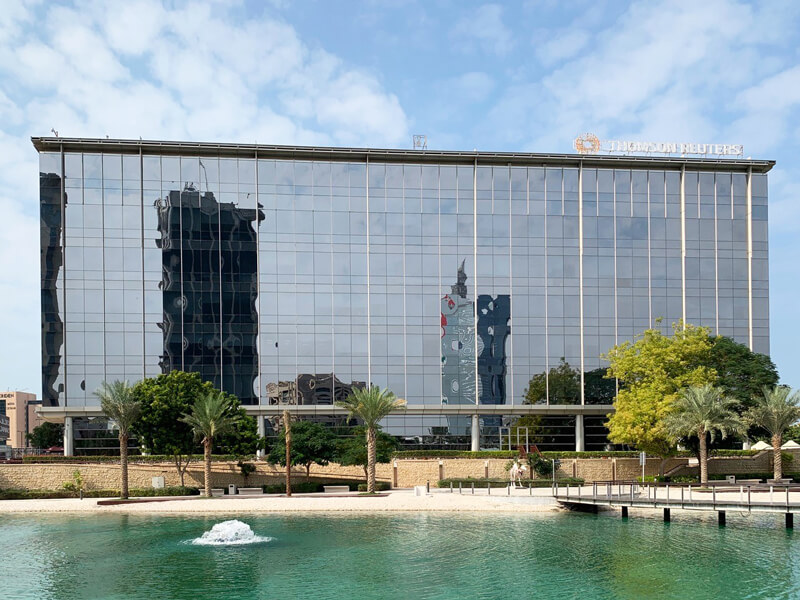User Acquisition: flexible tools designed to adapt easily to market changes
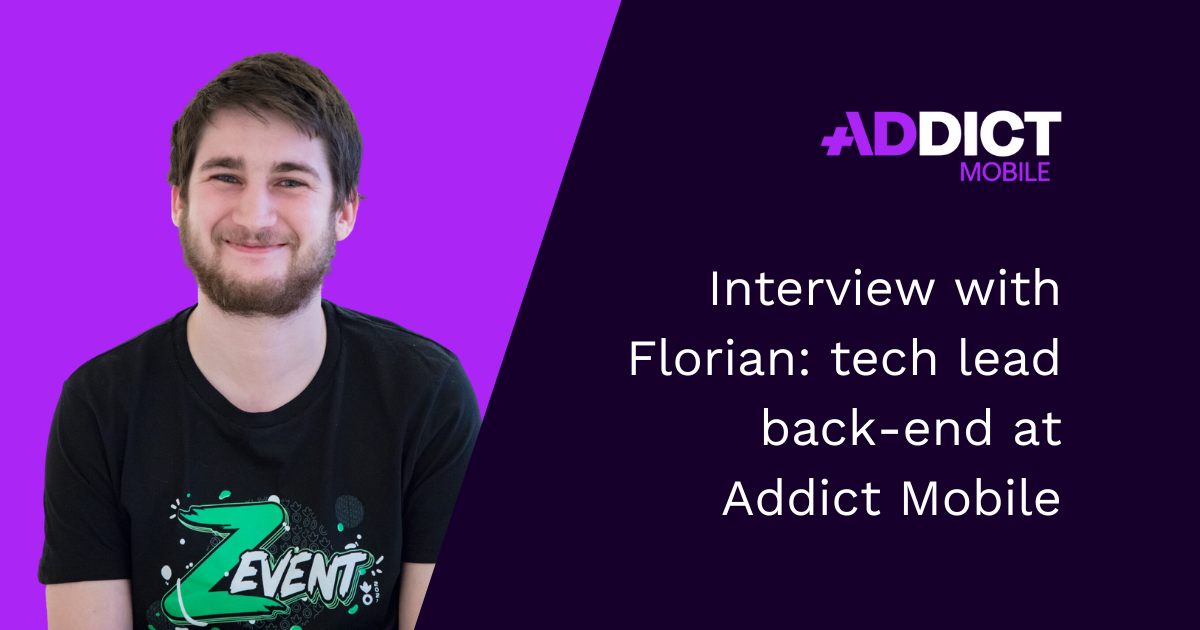
The importance of tech and flexible tools, whether in terms of reporting, optimization or creation, is undeniable in the field of user acquisition. Meet Florian Mourin, who joined Addict Mobile 4 years ago. He began his career as a back-end developer and has held the position of tech lead back-end for the past 2 years.
What are your main responsibilities?
I work closely with product management on a daily basis. They act as a link between the technical team and our account managers, by relaying their needs.
When a new internal or customer request emerges, I first try to understand it and make sure not only that it’s feasible, but also that it’s integrable, profitable and maintainable. Then I organize the development of processes or features.
Finally, I attach great importance to the managerial aspect of my job. I try to encourage the members of my team to constantly progress, both in terms of analytical skills and technical proficiency.
So far, what has Addict Mobile’s tech team implemented to meet the challenges of user acquisition ?
The core of Addict Mobile’s technology is its ability to gather campaign data from multiple user acquisition sources, and bring it together, aggregate it, and make it accessible in one place.
To achieve this, we have developed a range of technologies to meet the varied needs of our teams.
- Dashboard and Looker: reporting systems that aggregate and standardize data from each platform and tracking tools for both our teams and customers.
- Adsoff: an automatic alert and performance optimization system on Meta based on predefined objectives.
- AAG: an automated system for creating and distributing ads on Meta, using a single template in which all elements can be dynamically updated.
I have the example of Le Parisien in mind for which a template was created by our graphic design teams, and by simply modifying the title of the article in an Excel file, the ad was automatically generated and published.
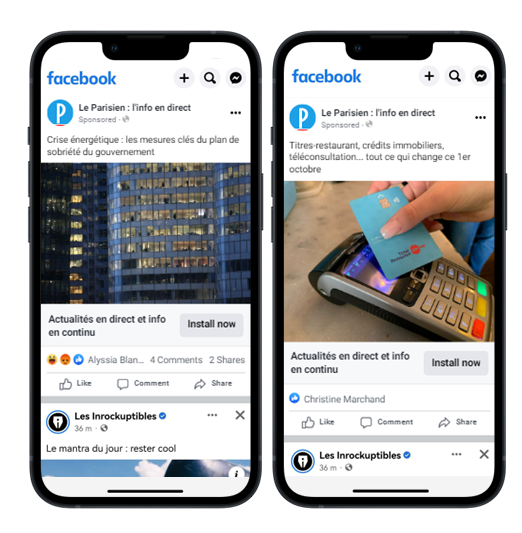
- Créatech: A technology that enables large-scale, automatic adaptation of the elements that make up a video or static visual: text, frame, background, product, language, colors, end cards….
How do these technologies enable you to stand out in the market?
These technologies offer significant added value, as they save our operational teams a considerable amount of time. No need to search for data manually on a multitude of platforms. We can also tailor these technologies to specific needs.
This allows us to be highly responsive because the market is in perpetual motion, with recurring changes and evolving data. Adaptation is essential. Our systems are extremely reliant on external sources, so they have to be constantly maintained.
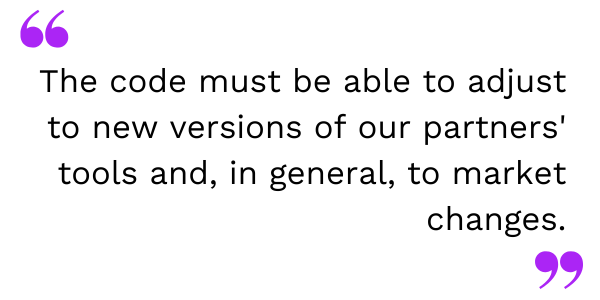
This requires a great deal of thought before and during the development of our technologies. The code must be able to adjust to new versions of our partners’ tools and, in general, to market changes.
In my opinion, well-developed tools are flexible tools. They don’t do more than is asked of them, but they are structured in a way that allows them to easily adapt to market changes, add improvements, or simply connect to other services without requiring a total overhaul.
It is therefore essential for our tech teams to create a foundation that is easily exploitable and modifiable, and to work methodically, in case variations are needed later on.
This responsiveness enables us to meet major challenges such as SKAN data management. We were able to track this specific data, which operates differently, without having to rethink the whole structure of our dashboard or reporting system. And so be ready as soon as SKAN is up and running, and we can help our customers understand this new ecosystem.
How do you organize within the tech team to stay at the forefront of advances in AU and always be competitive?
By staying on the lookout for new developments in the tools we already use, and by keeping a technology watch to discover new ones. This means investing in R&D, being aware of market changes and even being able to anticipate them before they are released.
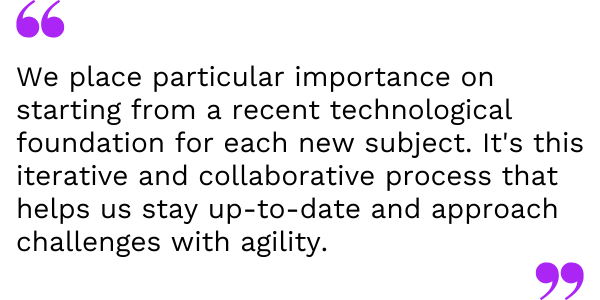
The tech team operates on the Agile SCRUM principle, with 3-week sprints. This allows us to prioritize the most important topics when needs are raised.
We dedicate one week out of 3 to the study of new topics that address Addict Mobile’s needs. During this period, several groups of 1 to 4 techs are formed to explore existing solutions, how to implement them and to discuss different approaches. We then collectively discuss to find the best solution.
We place particular importance on starting from a recent technological foundation for each new subject. It’s this iterative and collaborative process that helps us stay up-to-date and approach challenges with agility.
What are the next challenges for UA from a technical point of view?
I think that user acquisition will be more and more creative and less focused on targeting. So while the “old tools” will always remain essential, we’ve already started to think about this creative aspect.
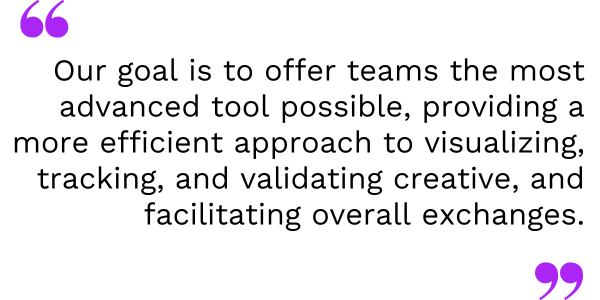
We’re currently working on the development of a new technology, based on our existing “Créatech” tool.
This new solution is a visual management system that aims to centralize all our creatives in one place. The goal is to have a platform that enables detailed and more precise tracking of performance.
Our goal is to offer teams the most advanced tool possible, providing a more efficient approach to visualizing, tracking, and validating creative, and facilitating overall exchanges.
AI is the current topic, what is Addict Mobile’s positioning on this subject?
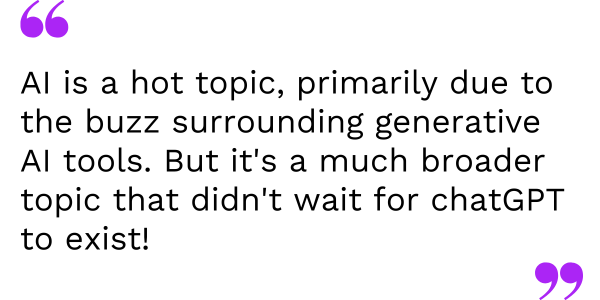
AI is a hot topic, primarily due to the buzz surrounding generative AI tools. But it’s a much broader topic that didn’t wait for chatGPT to exist!
AI could play a significant role in campaign management to facilitate decision-making, manage large volumes and therefore increase operational efficiency.
We are considering the development of a system that uses knowledge about what constitutes good performance based on various factors (KPIs, campaign types, etc.). Then, the tool would be able to analyze campaigns in real time, evaluate them and make recommendations such as optimizing investments, for example.
While AI can bring essential benefits, it’s crucial to keep humans at the heart of user acquisition. Human expertise, creativity and contextual understanding remain essential to effectively guide and adapt acquisition strategies.
NEWS
Article in relation

Cheat Sheet #3: Everything You Need to Know…
Q5 is the post-holiday “bonus” period running from December 26 to mid-January, a unique opportunity for advertisers to keep momentum after the holiday...
Published on 5 November 2025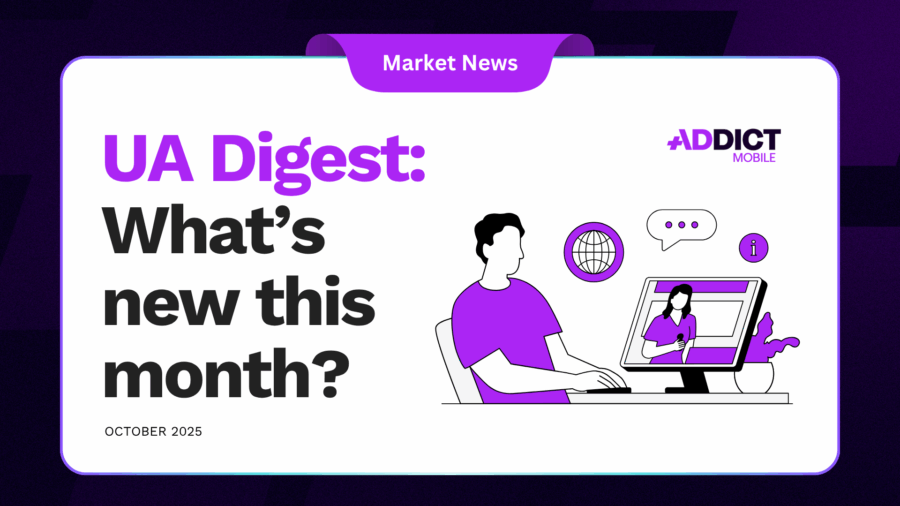
UA Digest #10 : What’s new this month?
Discover our User Acquisition Digest, your monthly update on the latest trends and news in mobile marketing and user acquisition! Meta Andromeda: the...
Published on 28 October 2025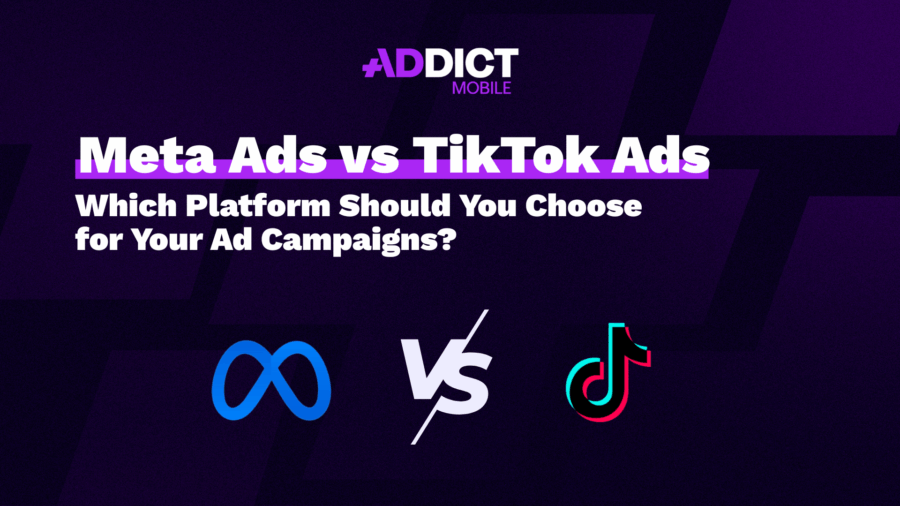
Meta Ads vs TikTok Ads: Which Platform Should…
In 2025, social ads have become a must for capturing attention and driving performance. When it comes to two major players, Tiktok ads...
Published on 20 October 2025

